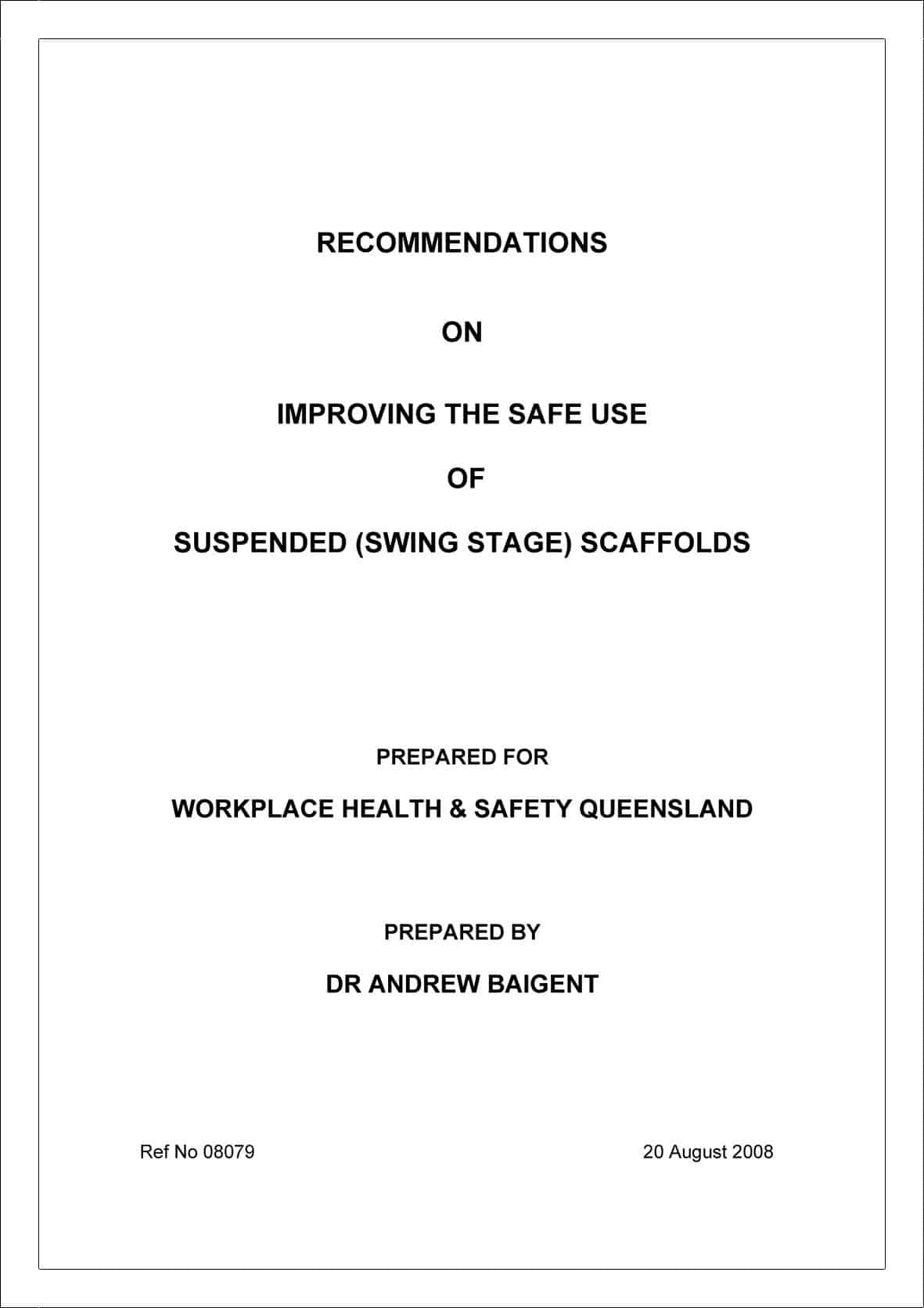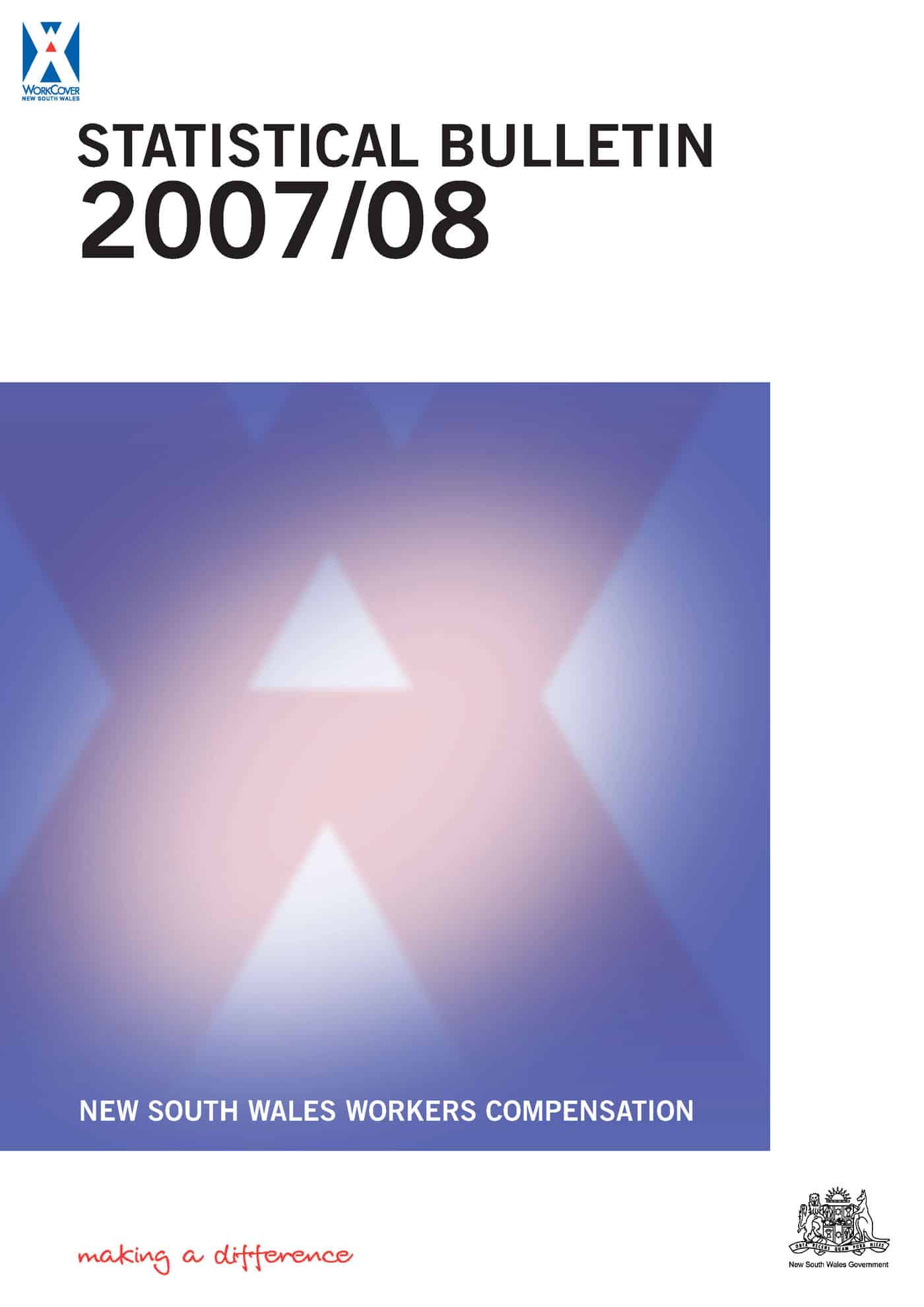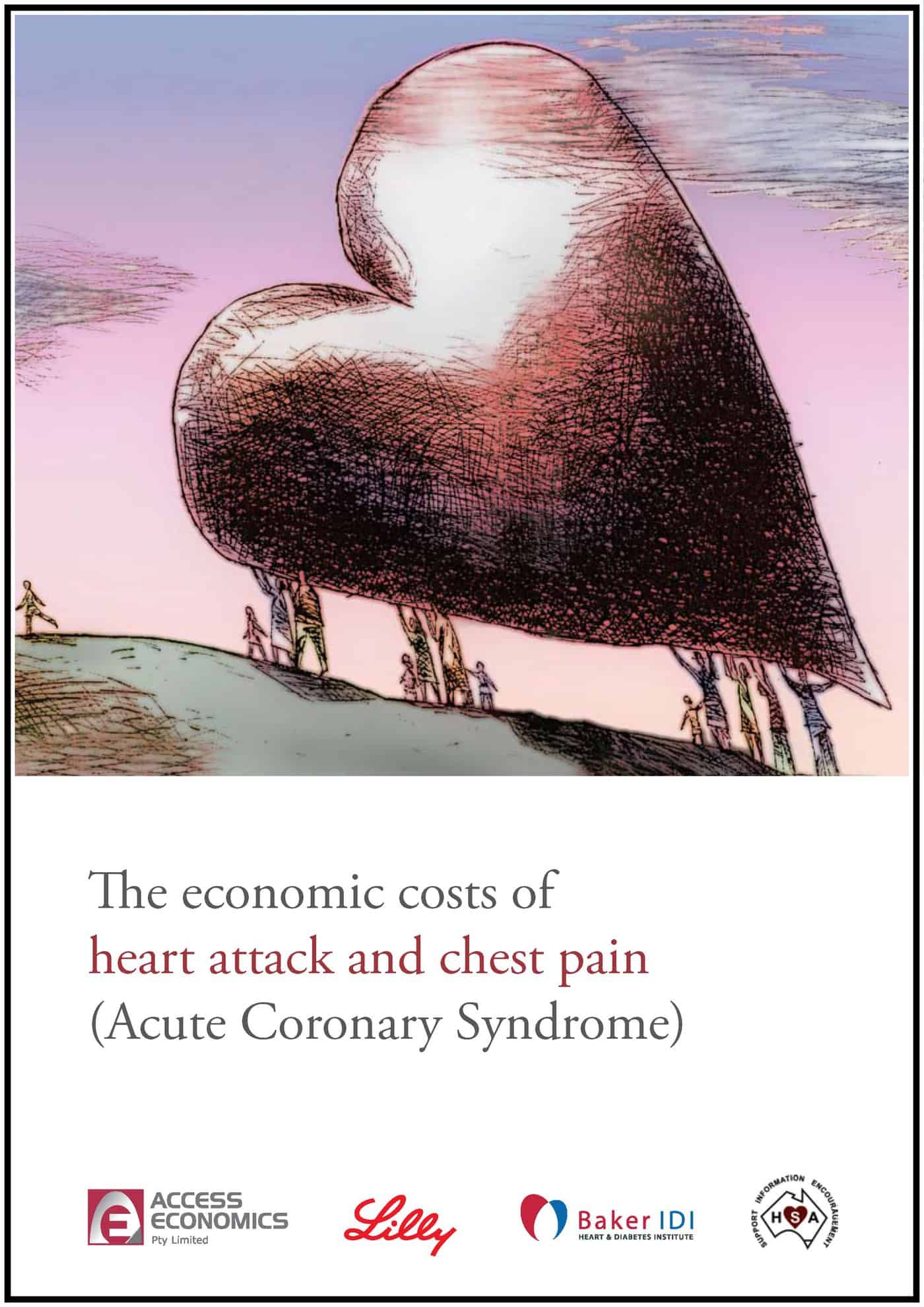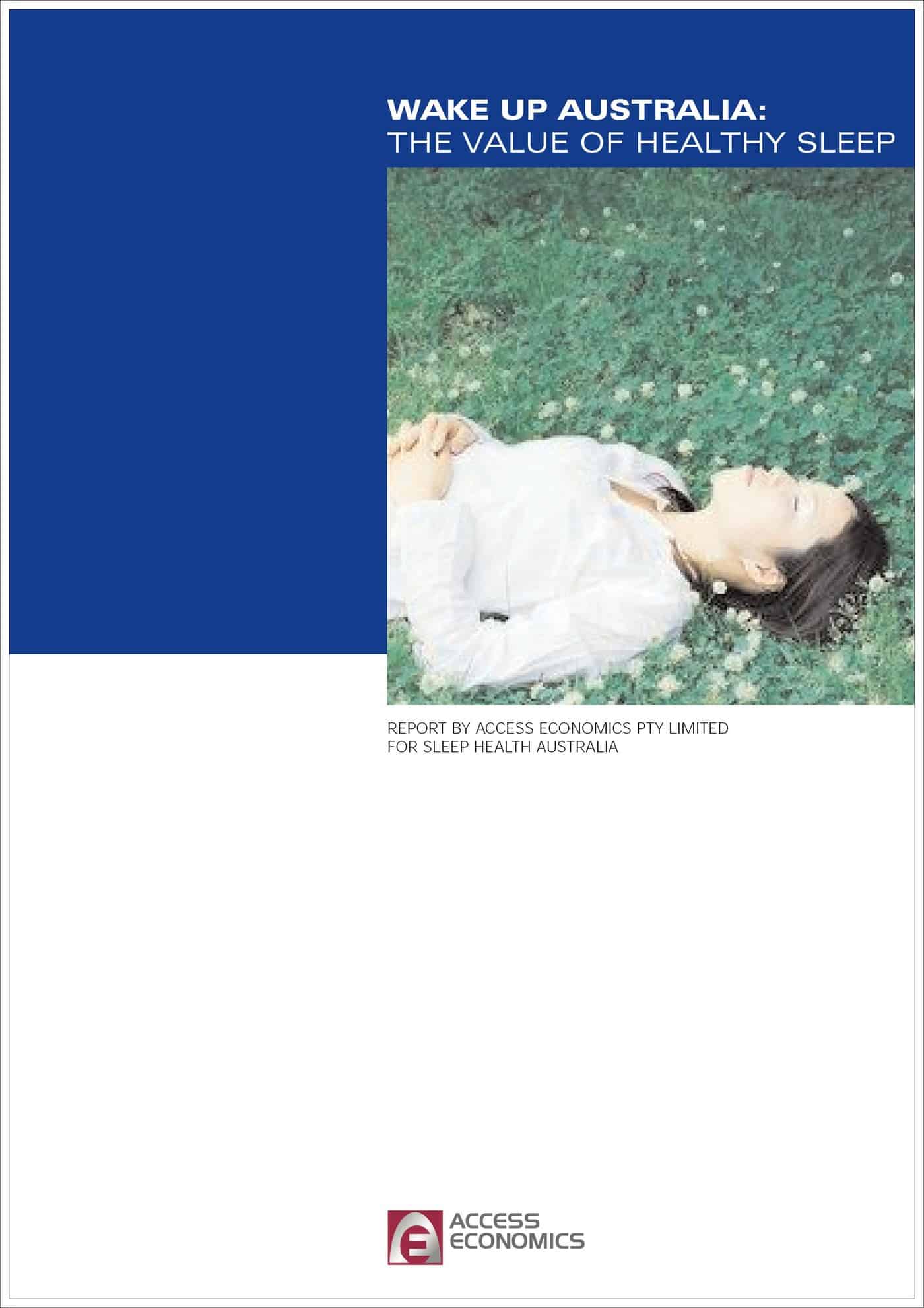A survey of graduates by GradConnection released on 15 July 2009 has important information for Australian companies and provides some optimism for the OHS profession and regulators.
A dominant element of modern employment is work/life balance. In some disciplines this is taken as workplace flexibility. In terms of workplace safety, work/life balance is a euphemism for psychosocial hazards of stress, bullying, fatigue, and workload amongst others. From this position, the survey findings showed that, when asked “What are the most important extra benefits?”, work/life balance scored the most support at almost 39%.
Companies that want to recruit graduates, often those companies which are looking to refresh their staff and workplace culture but also need to build sustainability and longevity, need to review their existing working conditions to match the desires of job seekers. This could be an enormous task for corporations that will take years but smaller companies can afford to be more reactive and flexible and may get the edge on attracting graduates.
It must be acknowledged that over 60% identified high salaries as the most important element in their salary packages. But the work/life balance indicates a growing reality that graduates are less likely to trade off wellbeing for dollars.
This is supported in terms of extra benefits where flexitime and flexible working arrangements gained around 24% and 22% support, respectively. Companies must operate within the time constraints of their industry, suppliers and customers but they should also identify those work processes that allow for flexibility. It may be useful to formalize start and finish times so that there remains a core set of hours within the working day where interaction of staff and clients can be maximised. Some of the social structures are already pushing in this direction with issues of public transport, schooling and childcare already accommodating this flexibility.
David Jenkins, the director of GradConnection, told SafetyAtWorkBlog that
The data we have extracted is drawn from contributions by about 10,500 graduates currently looking at their career options. It gives employers clear indicators as to what grads are looking for in their careers and helps potential employers adjust or increase their messaging about careers on offer at their companies.
Hope for OHS professionals and regulators comes from the fact that of the values that graduates wanted an employer to embrace, health and safety ranked third, behind equal opportunities and environmental sustainability.
This survey is the first generated through the website of GradConnections so the next survey should be able to provide some trend data.







